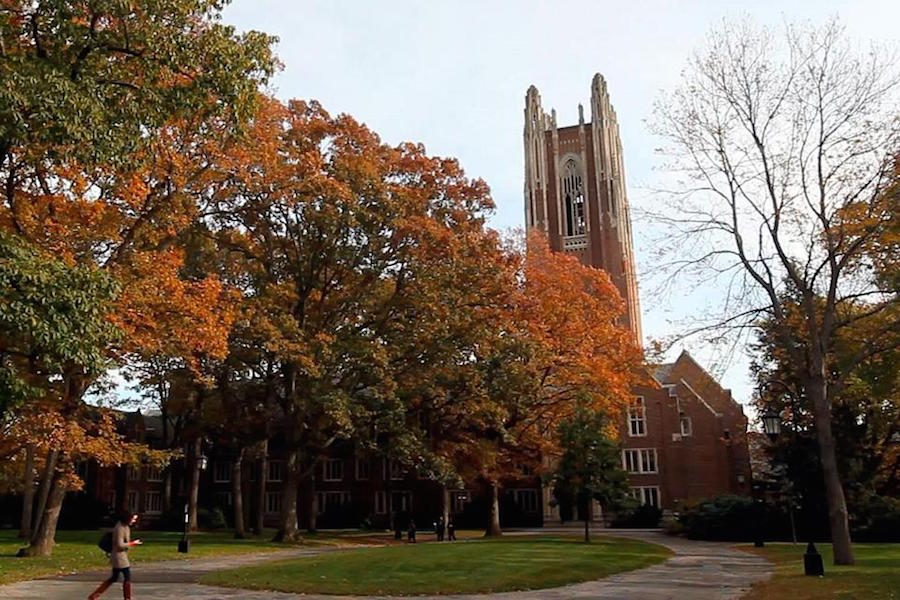“Professors can be some of the most influential figures you will ever meet.”
While many school rankings include “academic rigor” as a way to determine the quality of scholarship at a given institution, this can fall short, and ignore a number of important factors. Factors like the ability of students to actually access professors, the extent to which the school enables collaboration between students and faculty, and if students rank professors positively or not. For this reason we’ve constructed our own rankings of the top 50 schools in the nation with the best professors.
METHODOLOGY:
- Academic Reputation (25%): as found in US News Rankings, schools are ranked on a scale from 0-100.
- Student-Faculty Ratio (25%): the ratio between total undergraduate student population and the total number of undergraduate faculty.
- Composite Faculty Rank (25%): the total average RateMyProfessor score for the college or university.
- Faculty Rank Range (25%): for the most reported professor ratings, what is the range between the highest and lowest scores (schools that don’t rank consistently high in this category are penalized).
1. Amherst College, Amherst, MA
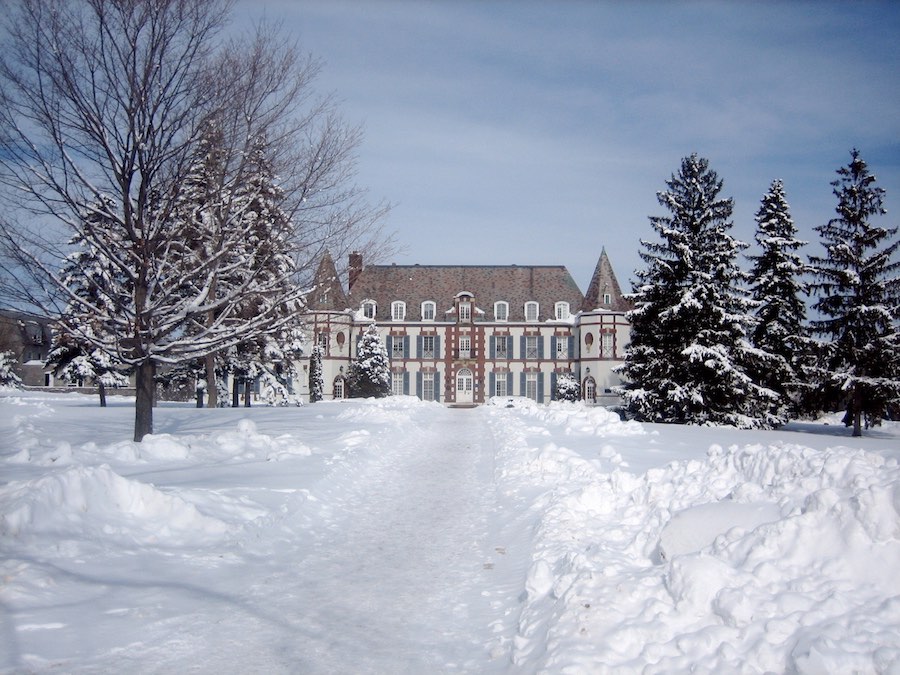
This member of the Five Colleges Consortium is the oldest college in Massachusetts, and perennially a top ranked liberal arts school. This year Amherst was ranked the second best liberal arts school in the nation by US News and World Report, and the 10th ranked liberal arts school by Forbes. The college is known for an unusually open curriculum, allowing freshman to take advanced courses and seniors to take introductory courses if they should choose. This places greater trust in quality students and instructors to create their own good outcomes and course interactions. A small student body (around 2,000 students) and a low student-teacher ratio (8 to 1) aids in creating quality interactions in class. Amherst has been known for quality instruction for years, so much so that in 2007, Harvard and Columbia consulted Amherst when reviewing their teaching programs.
2. Swarthmore College, Swarthmore, PA
From our partners:
Swarthmore is one of the “little Ivies,” and one of only three schools to hold the number one spot of the US News liberal arts rankings. Swarthmore is noted as the number one value for a private school in the US, and also for its rate of over 90% of graduates who attend either graduate or professional school, as well as 20% of graduates that proceed to garner their Doctor of Philosophy (PhD), numbers only topped by CalTech, Harvey Mudd, and Reed College. Swarthmore is a member of the Tri-College Consortium with Bryn Mawr and Haverford, allowing students to cross register at all three, as well as for Swarthmore students to register at UPenn’s College of arts and sciences (a school sharing a Quaker heritage). The school itself is quite small, with just over 1,500 students, with a student faculty ratio of 8 to 1.
3. United States Military Academy, West Point, NY

While not for everyone, for the select few who gain admission to West Point (you must both gain admission from the school and be nominated, often by a Senator), you are offered a full ride by the US Army (provided you serve in the armed forces upon graduation). Most graduates leave the academy commissioned as second lieutenants in the Army, though graduates may choose to be commissioned in another branch of the armed forces if wanted. Teaching styles at West Point follow the Thayer system, which focuses on daily homework, brought to class and collaboratively discussed. Curriculum is highly structured at West Point, with all students taking the same classes until junior year, including mathematics, information technology, chemistry, physics, engineering, history, physical geography, philosophy, leadership and general psychology, English composition and literature, foreign language, political science, international relations, economics, and constitutional law. Regardless of major, all graduates receive a Bachelor’s of Science. Slightly over 4,500 cadets attend the school, which has a student faculty ratio of seven to one. West Point was the 24th ranked national liberal arts school by US News this year.
4. Bryn Mawr College, Lower Merion Township, PA
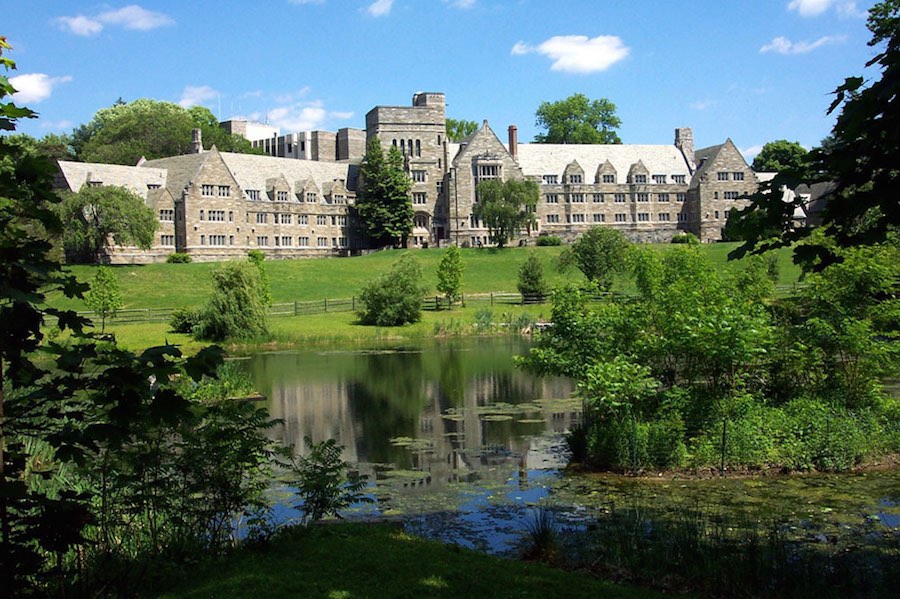
Bryn Mawr is a small (1,300+ undergraduate students) women’s liberal arts college that is one of the seven sisters colleges as well as the tri-college consortium (with other quaker-founded schools Haverford and Swarthmore). Bryn Mawr is tied for the 27th ranked liberal arts college in the nation by US News, and the 65th ranked overall college by Forbes. The college is noted for small class sizes, with over 3/4th of classes having under 20 students. The most popular majors are STEM heavy for a liberal arts school, with the most popular majors including (in decreasing rank) mathematics (11% of students), English, psychology, political science, and biology/biological sciences. There have been numerous professors of great fame at Bryn Mawr, and the institution itself has been progressive in organizing its academic programs, being the first institute of higher education to award doctorates in social work, as well as to award graduate and doctorate degrees to women.
5. Harvard University, Cambridge, MA
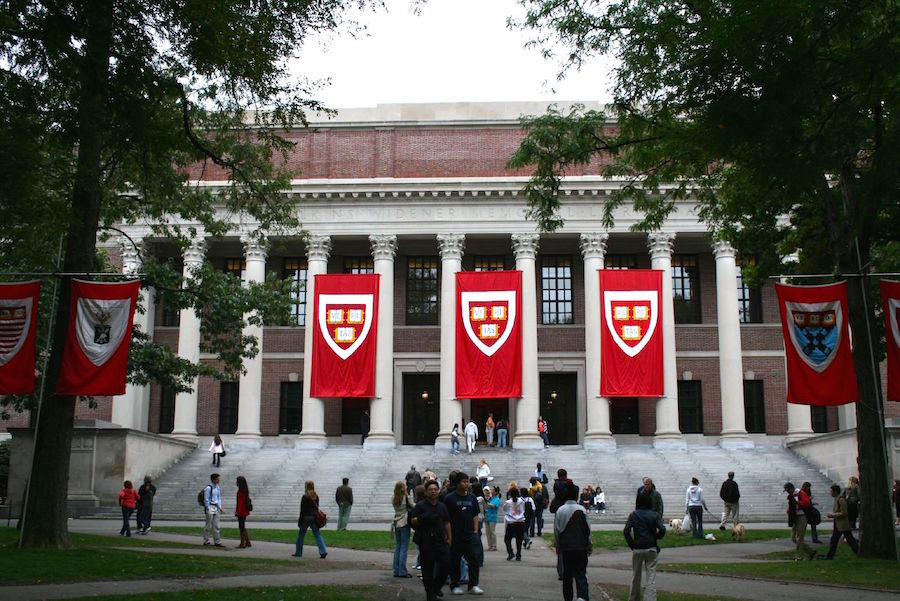
The oldest University in America is also the first large research institution on our list, with 7,200 undergraduates. Though the University has been ridiculed for the use of Teaching Fellows in undergraduate education, Harvard also offers access to one of the largest concentrations of award winning and renowned professors in the world. Though a larger comprehensive research university, Harvard’s student-faculty ratio is still low at seven to one. Harvard is the #7 ranked overall university by Forbes and the #2 ranked national university by US News this year.
6. Stanford University, Stanford, CA
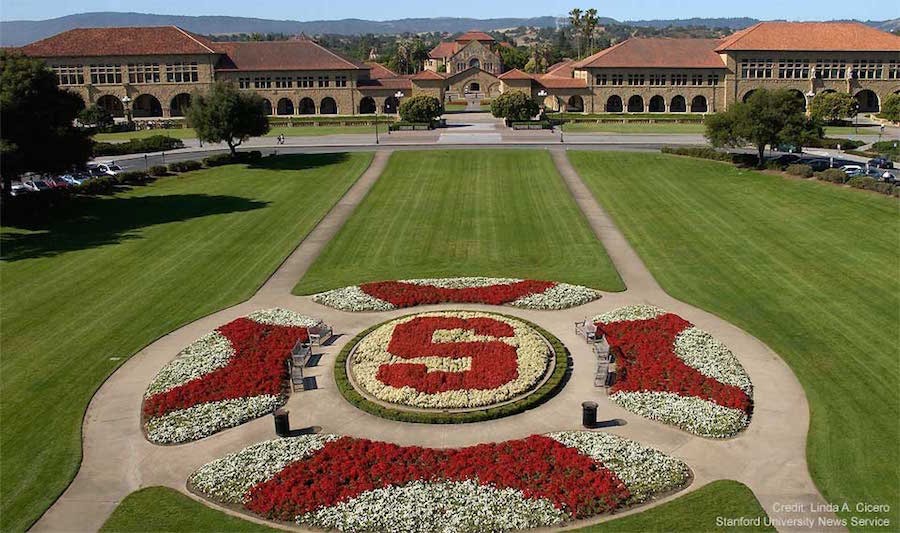
Stanford is the fourth ranked national university on US News and World Report and the 2nd ranked overall college according to Forbes. Stanford offers a massive range of research opportunities even for undergraduates, many of which are great opportunities to take advantage of their world class faculty. Over 5,000 externally sponsored research projects, largely from Stanford’s proximity to Silicon Valley, have a value of over $1.3 billion. Even as a research university, Stanford has one of the best student-faculty ratios of schools in our ranking (five to one). Stanford currently has the lowest admission rate of any research university in history, so professors have a lot of (at the very least) extremely driven students to work with. The faculty themselves are amazing as well, with 21 current faculty who are Nobel laureates, and hundreds of faculty members holding top honors in their given field.
7. Washington and Lee, Lexington, VA
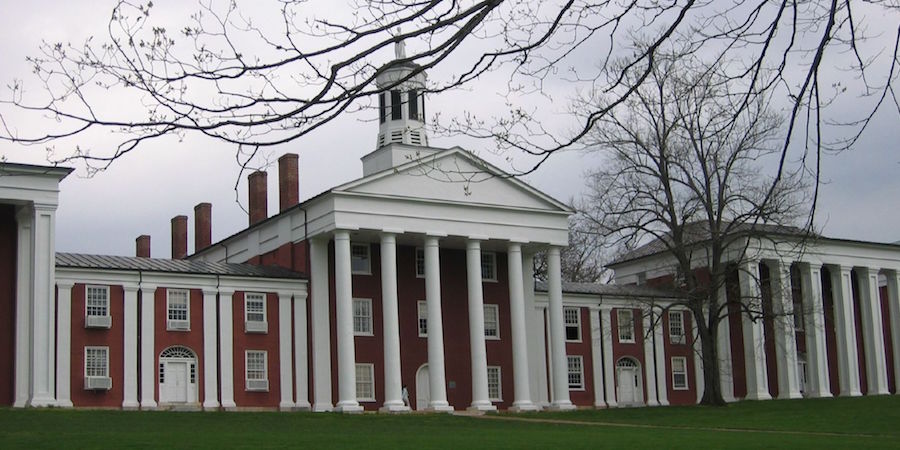
Washington and lee is the 14th ranked liberal arts school by US News, and the 33rd ranked overall university by Forbes. Though it has refused to send data to the Princeton Review for years, the 2007 edition of the Princeton Review ranked Washington and Lee 4th for “Professors get high marks” and sixth for “professor accessibility.” Home to 1,800 undergraduates housed in two college, Washington and Lee has a student-faculty ratio of eight to one. Washington and Lee has a great community centered around student, faculty, and community traditions. One of the more notable traditions enjoys coverage on national news every four years: the Mock Convention. A mock presidential election that has predicted the winning presidential nominee every election save two since 1948 (Ted Kennedy in 1972 and Barack Obama in 2008).
8. Williams College, Williamstown, MA
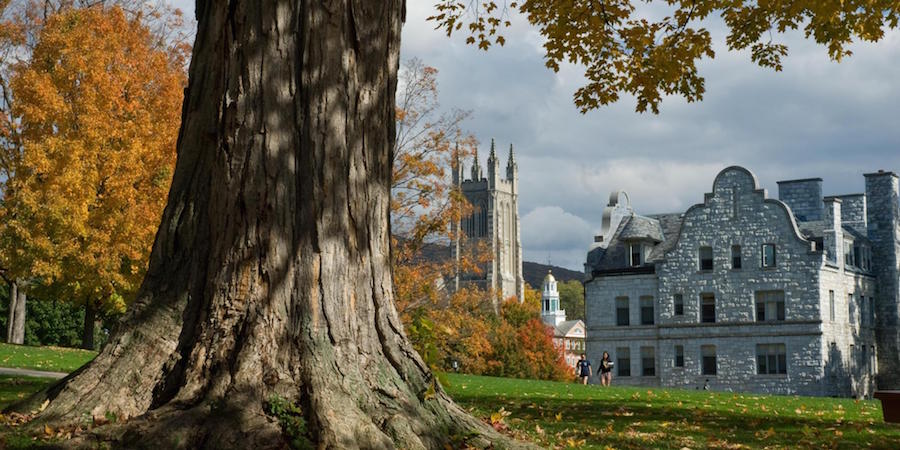
Williams College is both the 1# ranked liberal arts college in the nation according to US News, and the 1# ranked overall college by Forbes. The 2,000 students at Williams have no required courses, but must take must complete three arts and humanities, three social sciences and three science and math classes. Oxbridge tutorials, or small discussion and paper-defense-based classes in the styles of Oxford and Cambridge are a unique feature of Williams. While these tutorials are found at other schools, most schools offering tutorials do not offer nearly as wide of an array. In 2010, Williams offered 62 tutorials in 21 departments (including math and science departments) for nearly every level of class. Tutorials are capped at 10 students who are divided into 5 pairs that meet with professors individually every week. Overall, Williams offers a great deal of student-faculty attention through seven-to-one student-faculty ratio. While the number of sharp and motivated students at Williams is surely a factor, quality faculty interactions is also strongly related to Williams’ 1# rank for colleges graduating students within four years .
9. Princeton University, Princeton, NJ

The wealthiest University (per student) in America is currently ranked #1 for national universities by US News, and #4 overall by Forbes. It’s 10-library system and University Art Museum (with over 80,000) works are magnets for great scholars and teachers. Though there are over 5,000 undergraduates, student-faculty ratio is low at six-to-one. Another unique facet of the undergraduate experience is the requirement that all students write a senior thesis, which allows for a great deal of interaction with an expert in a student’s undergraduate specialty. This aligns with Princeton’s mission to couple a world class research institution with a top-notch liberal arts setting. This enables research-heavy or emerging fields such as neuroscience the benefit of tons of individual instruction and faculty-interaction opportunities. at an undergraduate level.
10. Pomona College, Claremont, CA
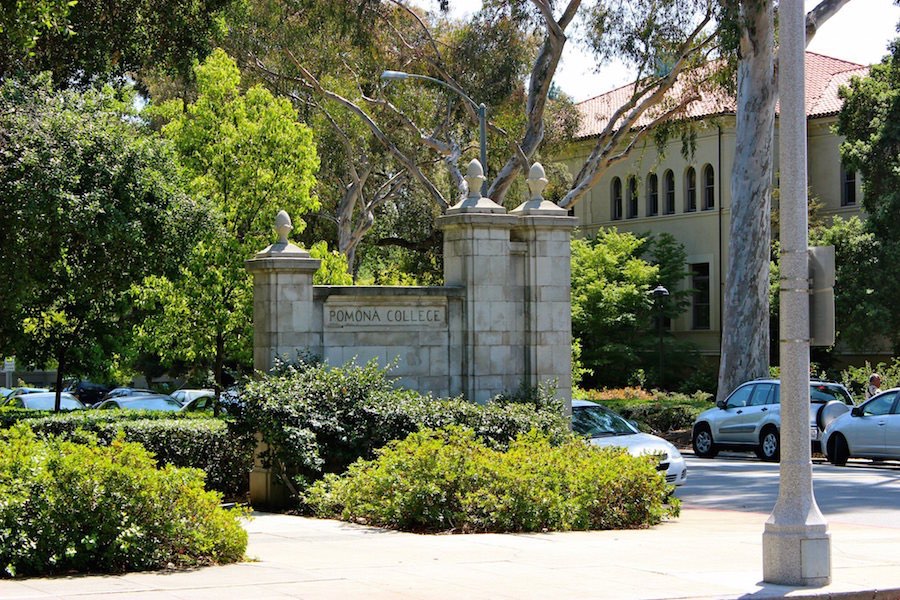
Pomona is the 5th ranked national liberal arts school by US News, and the 8th ranked college overall by Forbes. Students may choose to take up to 2,200 classes through the Claremont Colleges, a consortium of similarly highly ranked schools in Pomona. 80% of students take advantage of consortium offered classes, adding to the larger scholarly community in Pomona. Besides world class instruction, classes at Pomona are unique, in that they allow the 1,600 student student body to enjoy both classes with an average of 16 students, and the facilities of the broader research community. 85% of professors live within 5 miles of campus, and a broad variety of majors are popular for a small liberal arts school experience. The most popular majors are (in descending order–from majors declared in the Spring of 2014) economics, mathematics, neuroscience, psychology, and biology.
11. Wellesley College, Wellesley, MA
Wellesley is one of many Seven Sisters consortium schools on our list, and is currently ranked 4# for national liberal arts schools by US News, and 29# on Forbes top overall college rankings. Even with students able to cross register at Babson, Olin, and MIT, great reviews for Wellesley professors are offered across the board. A program known as the Davis Degree Program expands the world class opportunities that Wellesley offers by allowing nontraditional students above the age of 24 to enroll in programs. Another innovative program comes in the form of the Wellesley Centers for Women, one of the largest gender-focused, social science research and action centers in the US. Through action and research the center helps stay true to the college’s mission to prepare women for “great conflicts, for vast reforms in social life.”
12. Vassar College, Poughkeepsie, NY
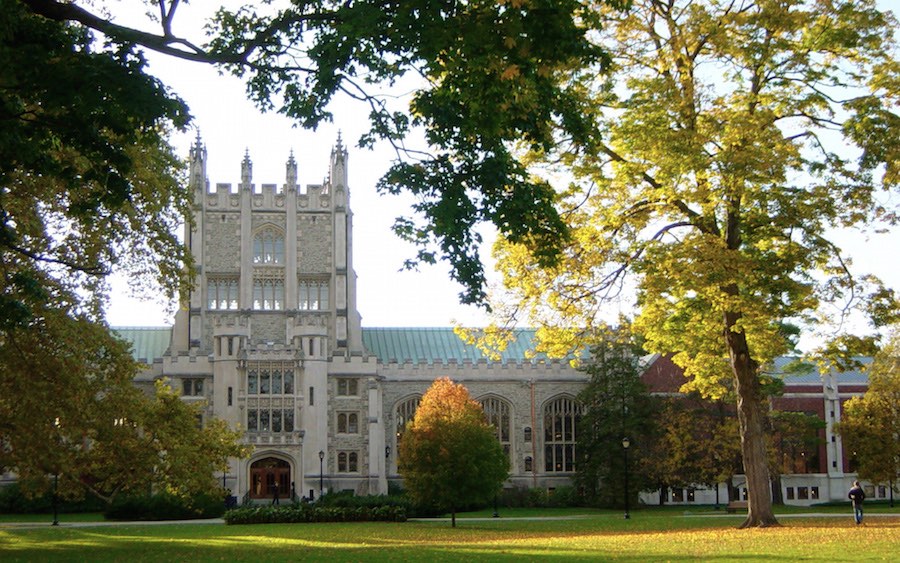
Vassar was the first of the Seven Sisters schools to open their doors to men. Historically they were thought of as a sister school to the Ivies. Their most recent class is 57% female, and 43% male. Vassar’s curriculum is distinguished by its flexibility, with interdisciplinary study occurring and pushed from the early 1900’s. Currently Vassar is tied for 11# for national liberal arts colleges by US News, and 26# in overall colleges by Forbes. Average class sizes are 17, with a student-faculty ratio of eight to one. All faculty at Vassar hold terminal degrees in their field. An additional note of interest are Vasser’s eight libraries, which together compose one of the largest libraries in the US (particularly for liberal arts schools).
13. Emory University, Atlanta, GA
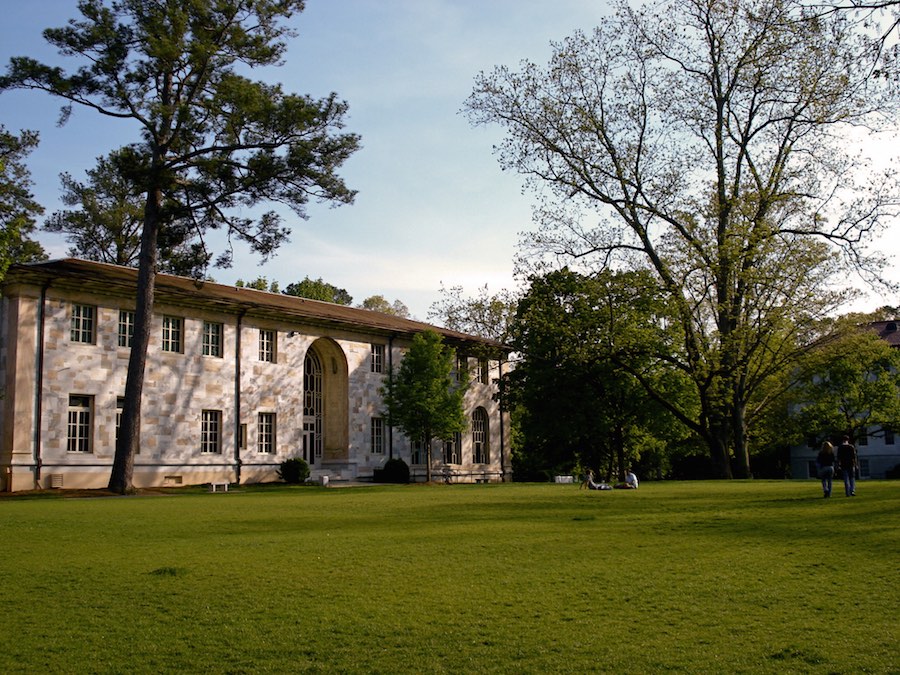
Emory has been recognized as one of the ’25 new Ivies’ by Newsweek, and is currently ranked 21# for national research universities by US News. There are a range of options for incoming students, including studying for two years at the original Emory campus some miles east of Atlanta, or studying at Emory College, a liberal arts centered branch of the university. Currently Emory has slightly over 7,600 undergraduates, and over 3000 faculty members, rendering the overall student-faculty ratio eight to one. Faculty members are renowned, drawn to Emory both as a massive center for research as well as to teach in liberal arts type settings. Professors have won nearly every major award imaginable, including the Nobel Prize, Pulitzer Prize, Guggenheim Fellowship, and many more.
14. Carleton College, Northfield, MN

Carleton College is the 7# ranked liberal arts college by US News, and the 16# ranked overall college by Forbes. Carleton has been praised as the best undergraduate teaching liberal arts college by US News. It’s known as a leading source for American doctoral students from a liberal arts school, as well as a leader in the number of female students it sends to graduate programs in the sciences. Carleton’s culture of learning has a particularly playful vibe, with many students collaborating and exploring interests across many disciplines. Perhaps the number of quirky discoveries, such as the creation of the game Oregon Trail or the formation of the Reformed Druids of North America (originally created to escape the then mandatory college chapel), can be attributed to this fact. Classes are small at Carleton with a nine to one student-faculty ratio for its 2,000 undergraduates.
15. Harvey Mudd College, Claremont, CA
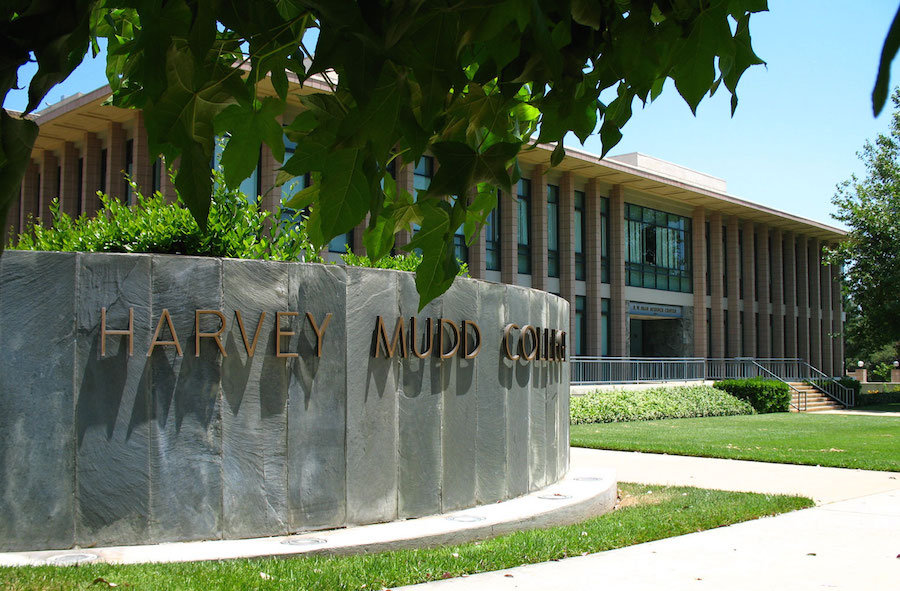
One of several Claremont Colleges on our list, Harvey Mudd is small, with just over 800 undergraduates, but shares its resources with a broader community of colleges. The College’s unique mission involves educating scientists, engineers, and mathematicians, but doing so in a way that also leaves them well versed in the humanities as well as other aspects of how their work affects society. About 40% of graduates (on average) will achieve their PhD, the highest rate of any college in the nation. Harvey Mudd is ranked as the 1# undergraduate engineering college by US News, as well as the 15# ranked liberal arts school, thanks to a highly selective admissions process (a third of admitted students are national merit scholars) and world-class instruction.
16. Macalester College, St. Paul, MN

Macalester College is the 24# ranked national liberal arts college according to US News, and the 66# ranked overall college by Forbes. Macalester has unique academic values, including being part of the larger academic world, and completing research with professors. The first of these goals is achieved through the college’s diverse community, as well as the high number of students who study abroad (around 60% of students study abroad before graduation). Though professors are rated highly, and students get plenty of individual attention through ten to one student-faculty ratios, Macalester is also a member of the Associated Colleges of the Twin Cities, and students may also take classes at a number of institutions in the Twin Cities, as well as exchange programs all over the world.
17. Massachusetts Institute of Technology, Cambridge, MA
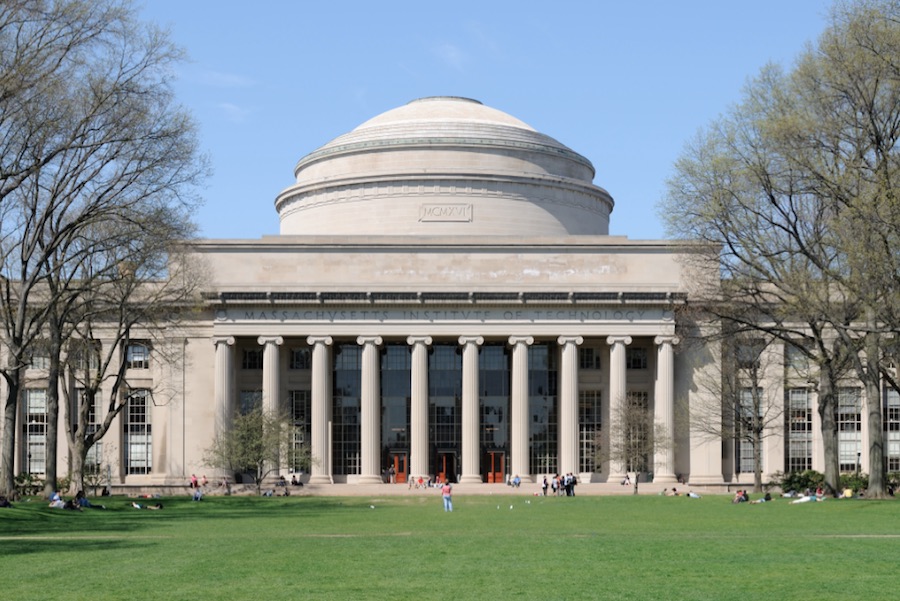
MIT is one of the nation’s premier scientific communities. Though it’s a national research university, with a community of 78 Nobel Laureates, 53 National Medal of Science winners, and 41 MacArthur Fellows, an eight to one student-faculty ratio offers plenty of individual attention. MIT is ranked as the 5# overall college in the nation by Forbes, and the 7# national university by US News. Though courses in the arts and sciences are offered, all MIT degrees are bachelor’s of science. A large majority of students take part in one of two programs: the school of engineering (63%) and school of science (29%).
18. Davidson College, Davidson, NC
Davidson is beloved by its students, alumni, and faculty, and is ranked as the 1# college in the south by Forbes, the 22# overall college in the nation by Forbes, and the 11# ranked liberal arts school in the country by US News. Admission is most selective, and students are top tier. Small classes take advantage of faculty (96% of whom have terminal degrees in their fields) and good student-faculty ratios (10:1). The honor code plays an integral role in Davidson academics, which focus on a strong community and academic integrity. Due to close proximity with faculty, an unusually high percentage of students participate in graduate-level research and publishing while undergraduates.
19. Smith College, Northampton, MA

A member of the Seven Sisters consortium, Smith is a highly ranked (18# amongst national liberal arts schools by US News) women’s liberal arts school. Besides being able to take classes at the other Seven Sisters schools, students may also cross register at members of the Five Colleges Consortium, including Mount Holyoke, Amherst, Hampshire, and UMass Amherst. Innovative teaching programs include the acclaimed one-year study at the Center for Women in Mathematics, as well as a Liberal Arts Institute that promotes research across the boundaries of traditional majors. Small class sizes and a student-faculty ratio of nine to one ensure students get plenty of attention, and leads to good reviews on professors by students.
(Tie) 20. Colby College, Waterville, ME

Colby College is one of the “little ivies” and was the first male liberal arts school in the nation to admit female students. Colby College is ranked 15# for national liberal arts schools by US News, and 39# overall for all colleges by Forbes. It’s also one of the top 50 graduate school feeder programs in the US. Students are ambitious, with over a third of the school declaring double majors. A vast majority of students study abroad, through a network of over 200 programs. Engineering degrees are available in conjunction with Dartmouth or Columbia University. There are numerous opportunities to apply for research funding, and work on projects with Colby’s world-class faculty. 2014 marked the first year Colby has been carbon neutral, a feat which complements the school’s prominent position in environmental and sustainable education.
(Tie) 20. Yale University, New Haven, CT
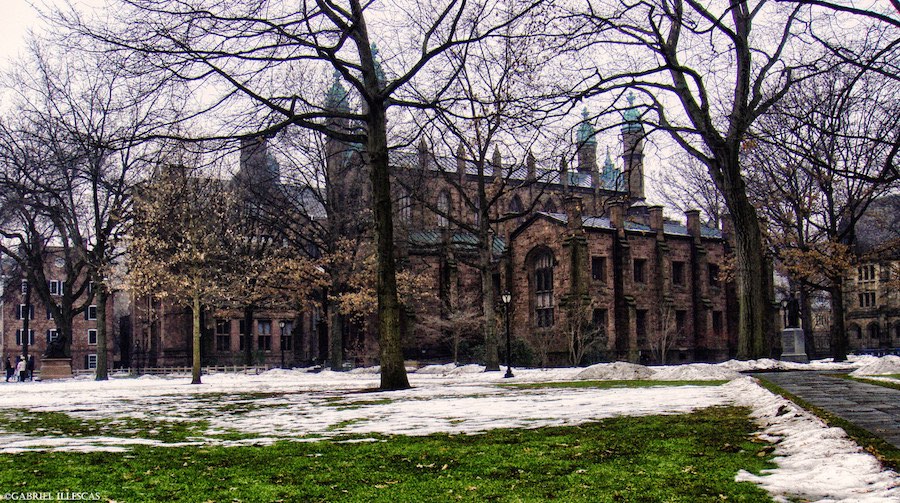
Though a national research institution, Yale boasts the incredibly impressive student-faculty ratio of six to one. This is leveraged to create the feeling of a small and close-knit undergraduate school situated amidst the larger graduate and professional school communities. As one of the most competitive schools to gain admission to in the country, highly motivated students are offered many chances to work on research projects with professors. The abundance of faculty and experts of all sorts of disciplines enables the offering of a massive variety of undergraduate courses and majors (2000 and 75, respectively). Yale is currently ranked as the 3# national university by US News, and the 6# school overall by Forbes.
(Tie) 20. University of Chicago
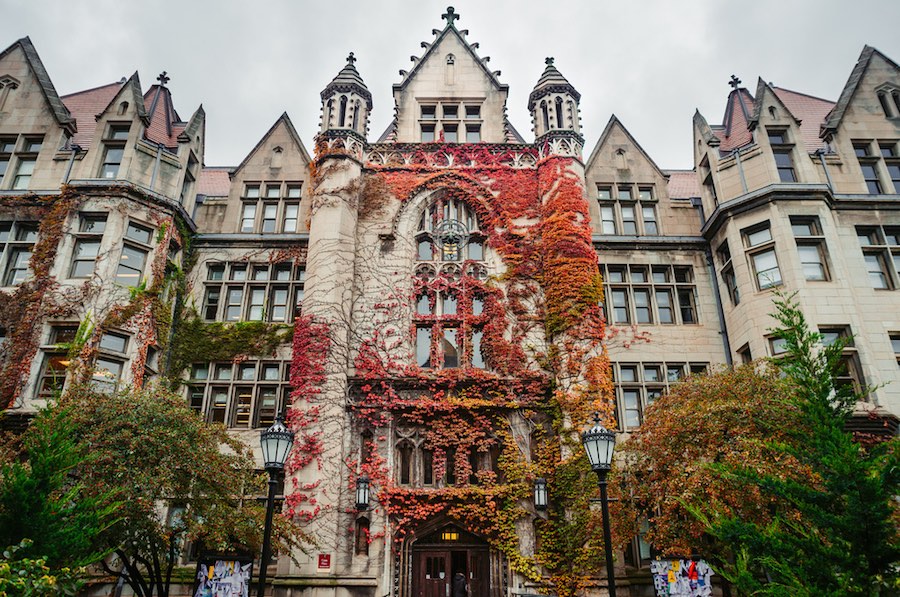
Similarly to Yale, University of Chicago is tied for 4# in US News national university rankings, and also boasts an impressive student-faculty ratio of six to one. The University’s mission of supporting open and rigorous inquiry is bolstered by a wider community of scores of Nobel Laureates, and winners of top honors in nearly every field. The locale, as well as the proximity to top three ranked law, business, and medicine graduate schools are draws for world class professors. Core classes at University of Chicago are limited to 17 students, and are usually taught by professors instead of TA’s. It has been noted that out of the top national universities in America, University of Chicago has the most legitimate claim to being the most rigorous and intense in their learning experience.
21. Whitman College, Walla Walla, WA
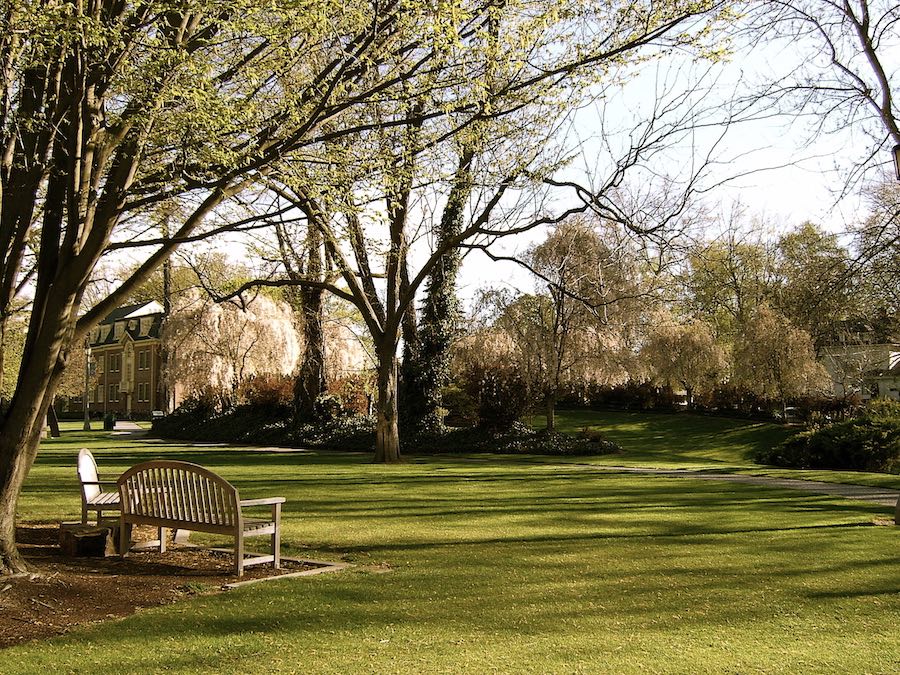
Whitman College prides itself on creating an outstanding yet down-to-earth (it’s in the unpretentious northwest) academic culture. A small undergraduate body of 1,500 students, nine to one student-faculty ratio, and a number of challenging programs help to build a strong community. 45 majors offer, as well as 3 years at Whitman and then 2-3 at Duke or Columbia for law, forestry or environmental management are unique academic options. Like many small, top liberal arts schools, there are many opportunities to craft relationships with professors, and even work on research with them. Whitman is currently ranked 37# for national liberal arts colleges by US News, and 47# overall for all colleges by Forbes.
22. California Institute of Technology, Pasadena, CA
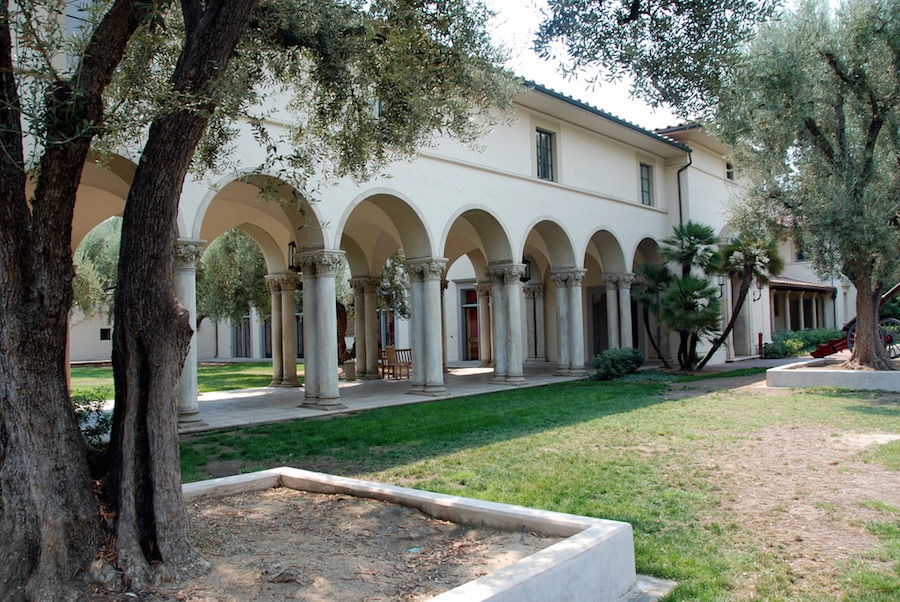
California Institute of Technology has the best student-faculty ratio in our ranking, with an astounding one faculty member for every three students. The hyper-focused nature of study at CalTech, rigorous admissions standards, and talented community (almost half of the faculty members have been elected to the National Academies) have led to a massive number of top awards for a school of less than 1000 undergraduates. Currently CalTech has one of the highest faculty citation rates in the world, is ranked 21# overall colleges by Forbes, and 10# for national universities by US News.
23. Claremont McKenna College, Claremont, CA
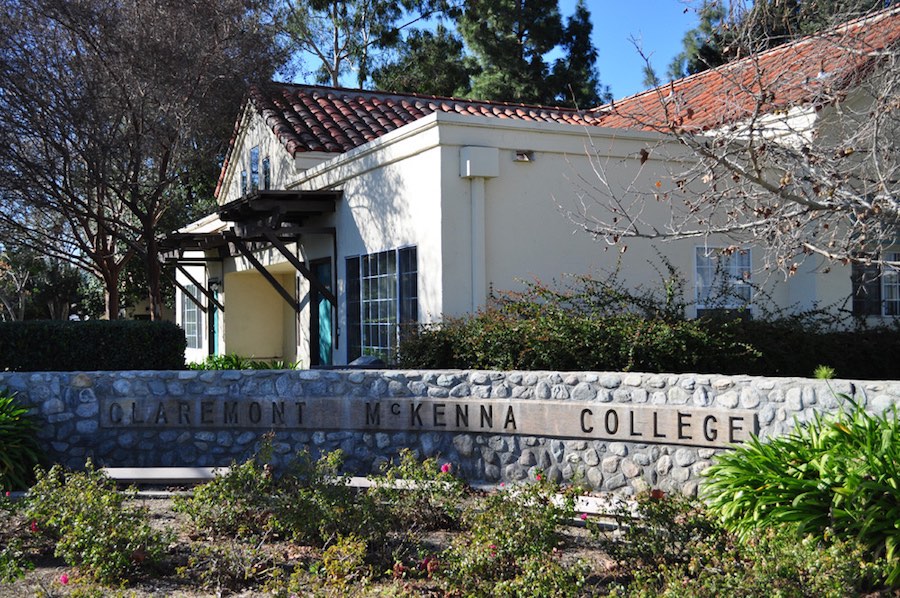
Claremont McKenna College is part of the 7-school Claremont Colleges Consortium, a number of highly ranked schools in Claremont that can cross-register for classes. High quality interaction with faculty is common at Claremont McKenna, with many graduate level research opportunities through 10 distinguished research institutes. A vibrant and politically engaged campus is augmented by the big questions that liberal arts curriculums ask coupled with a focus on economics, government, and public affairs. Claremont McKenna also attempts to promote entrepreneurialism in students, taking from the years of experience in the community and faculty. Claremont McKenna is currently ranked 8# for national liberal arts schools by US News, and boasts a nine to one student-faculty ratio.
24. Kenyon College, Gambier, OH

Kenyon College joins a long and prestigious liberal arts lineage, a close-knit and vibrant community, and the infrastructure of a top institution. US News ranks Kenyon 30# for national liberal arts colleges, while Forbes ranks them 42# overall. Newsweek selected Kenyon as one of the 25 “new ivies” based on academic quality and rigorous admissions standards in 2006. Kenyon boasts a ten to one student-faculty ratio, a relatively high faculty rating, and one of the lowest ranges of faculty rankings of colleges in our ranking (there are very few outlying professor rankings).
25. Vanderbilt University, Nashville, TN
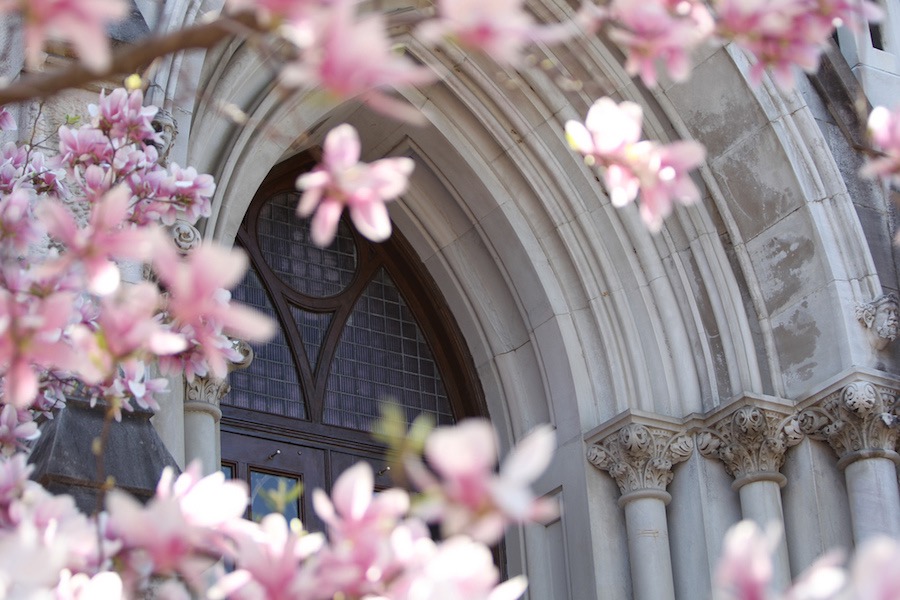
Vanderbilt offers a great undergraduate liberal-arts and research experience with 4 undergraduate, and 6 graduate schools. Peabody College, Vanderbilt’s education and human resources college is one of the best in the nation, which undoubtedly influences the teaching culture of the university. Residential life at Vanderbilt involves a“college halls” system with roots at Oxford and Cambridge in which faculty and students live together. Halls are self-contained communities with places to eat, study, hang out, and buy basic goods. Vanderbilt is currently ranked 16# for national universities by US News, and 54# overall by Forbes.
Part 2 Coming Soon…
This feature originally appeared from Best College Reviews.










